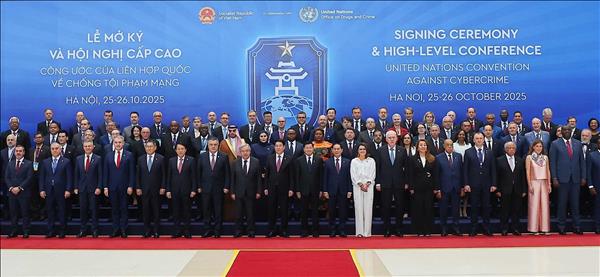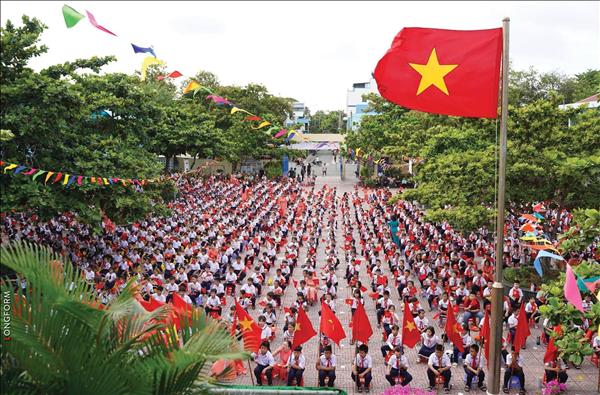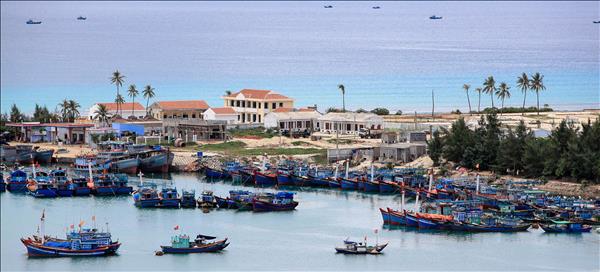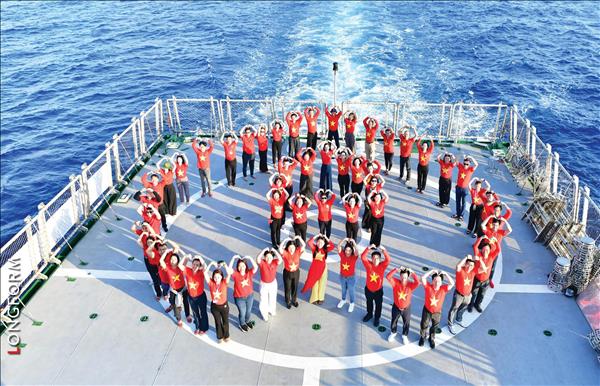To deal with climate change, the key solution is to reduce greenhouse gas emissions into the environment through projects on researching, developing and promoting the use of clean energy like solar, wind and geothermal energy, said Filip Kusmierski, an expert on climate change policy of the Polish Ministry of Environment.
At the conference, Poland introduced a project on improving governments’ and relevant sides’ capacity of collecting, managing, analyzing and using data of the energy sector to serve the making of decisions and the building of action plans on green growth in developing cities.
The project covered activities to improve policies favorable for clean energy investment; increase market incentives for businesses and economic groups effectively applying energy and renewable energy technologies; and boost research into alternative energy sources which are naturally available and cause no pollution.
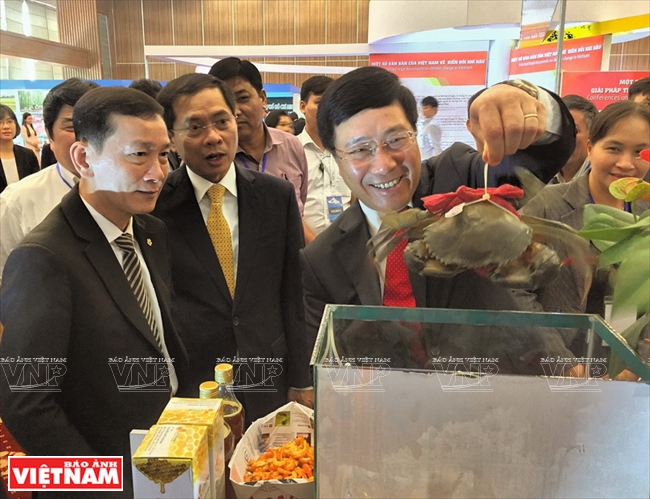 Deputy Prime Minister and Foreign Minister Pham Binh Minh on June 19 attended the opening of the exhibition “Climate Change-Challenges and Opportunities for Asia-Europe Cooperation” within the framework of the ASEM Conference on Climate Action to Achieving the Sustainable Development Goals - Ways Forward. Photo: Hong Giang / VNA Vietnam is assessed as one of the five countries hardest hit by climate change, according to the 2010 World Bank Report. Photo: Minh Quoc / VNP 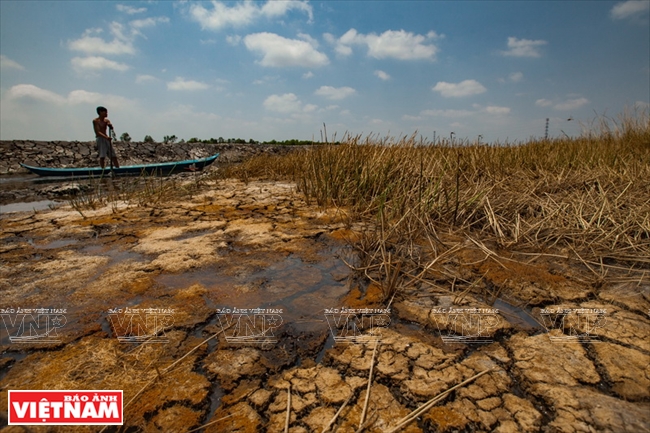 In March 2016, all 13 Mekong delta provinces suffered serious drought and salinization within the last 100 years. In the photo: A salinized rice field of Nguyen Van Phuong in Ca Chanh village, Phong Dong commune, Vinh Thuan district, Kien Giang province. Photo: Nguyen Luan / VNP 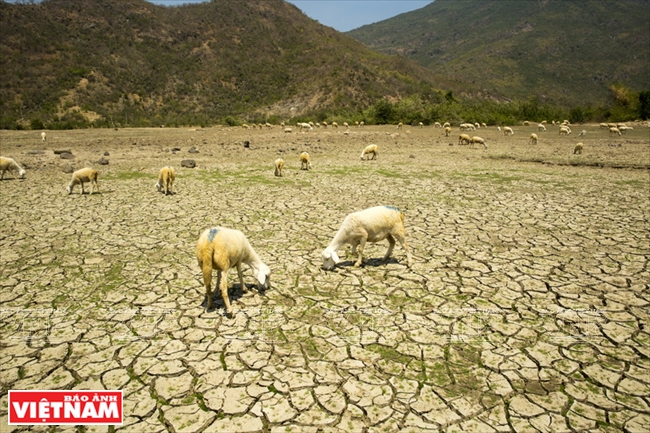 From April to July is the driest period in Ninh Thuan, turning this central province into a mini desert. Photo: Trong Chinh / VNP 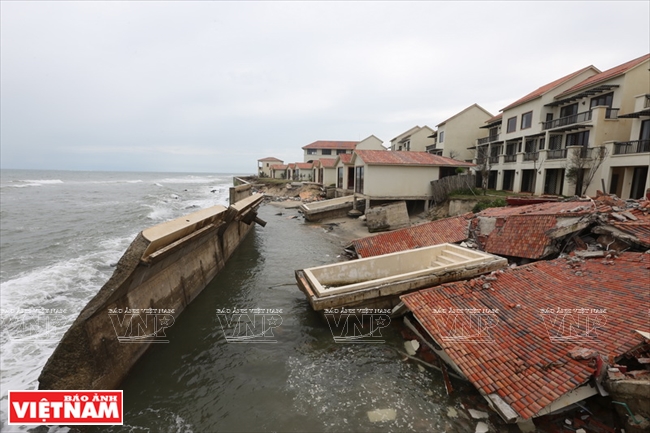 Since 2013, Cua Dai in Hoi An, Quang Nam province has suffered serious erosion. Photo: Tat Son / VNP Vietnam is projected to lose over 65% of the area of its mangrove forests and 10% of the population will lose their residence if the sea level rises by one meter. Photo: Minh Quoc / VNP 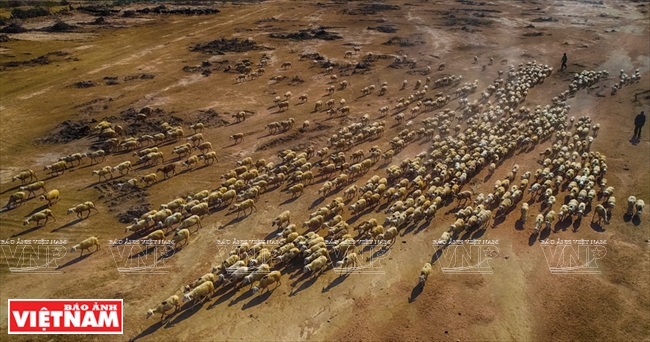 Ninh Thuan province has changed its agricultural production model to adapt to drought. In the photo: More than 1,000 sheep of Tran Quang Hoa in Phuoc Trung commune, Bac Ai province are chased far away to find food. Photo: Nguyen Luan / VNP Since 2000, Nam Dinh province has built concrete dykes to cope with the sea level rise. Photo: Files / VNP 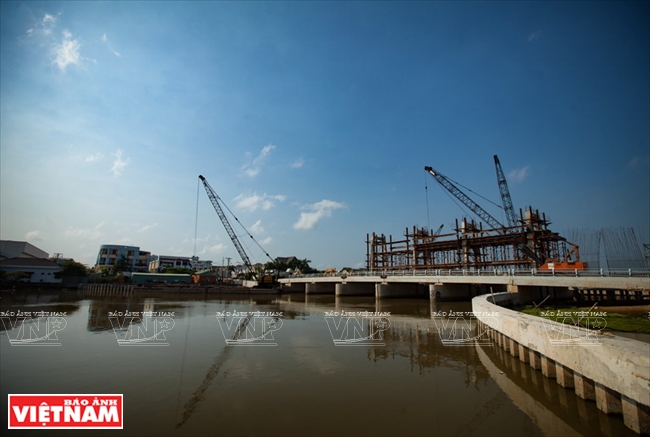 The sluice system to prevent salinization in Nam Thai A commune, An Bien district, Kien Giang province. Photo: Nguyen Luan / VNP |
Another solution to curb greenhouse gas emissions is to boost the sustainable use and resilience of agricultural land resources, according to Diji Chandrasekharan Behr, a senior natural resource economist at the World Bank Group.
She said recent studies found that agricultural land degradation has become increasingly popular in many ASEM economies, including Vietnam where more than 50% of the natural land area nationwide faces the risk of erosion, threatening ecological balance and economic development.
The economist highlighted the necessity to use advanced technologies to survey the degradation situation and assess climate change impacts on agricultural land, and land use changes so as to build solutions to effectively and sustainably use agricultural land resources in each region.
Robbert Moree, a strategic advisor at the Dutch Ministry of Infrastructure and Water Management, presented an effective solution to respond to the sea level rise which is “Building with Nature” that makes use of natural sand to reinforce beaches.
He said the Netherlands will share solutions to the sea level rise with cities in deltas around the world, including the Mekong Delta city of Can Tho.
Elaine Joyce Borejon, from the Climate Change Commission of the Philippines, said the Philippines is also one of the countries particularly vulnerable to climate change impacts, especially the sea level rise.
The Philippines has built climate change and sea level rise scenarios which serve as a basis for ministries, sectors and localities to take actions, she said, adding that the country has also made climate risk assessments for each region to devise suitable response plans.
Countries should incorporate climate change response in their national development policies, she added.
|
Growing mangrove forests has helped protect the environment and prevent storms. In the photo: Growing mangrove forests in Can Gio, Ho Chi Minh City. Photo: Files 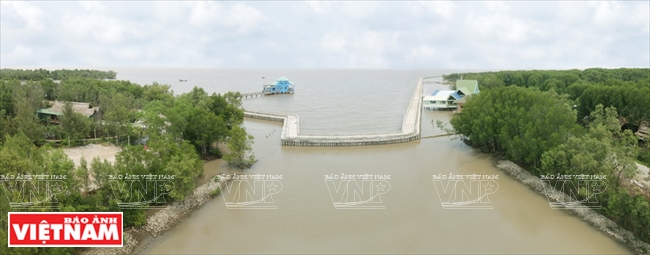 Mangrove forests in Vietnam help reduce climate change impacts. Photo: Le Minh / VNP Bac Lieu wind power plant in Vinh Trach Dong commune, Bac Lieu city, is the country’s biggest wind power project. Photo: Le Minh / VNP Can Gio mangrove biosphere reserve creates an advantage for Can Gio district to develop ecotourism. Photo: Le Minh / VNP  Ninh Thuan people have built farming models adaptable to climate change. Photo: Trong Chinh / VNP 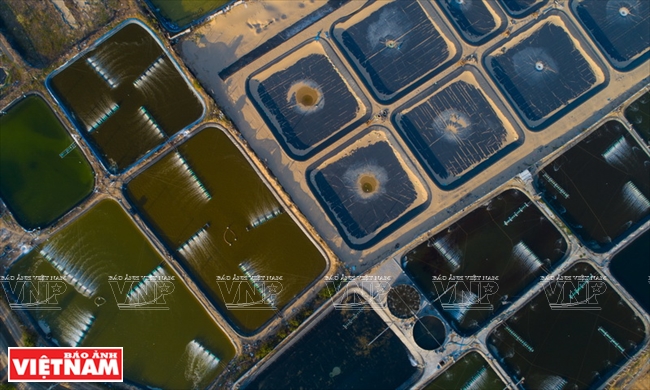 Ninh Thuan now has 900 ha of shrimp farming on sand, mostly in Phuoc Dinh commune, Ninh Phuoc district. Photo: Nguyen Luan / VNP |
Concluding the conference, Nguyen Minh Hang, Deputy Director of the Department of Multilateral Economic Cooperation under the Ministry of Foreign Affairs, and head of the Vietnamese ASEM SOM, stressed that the conference helped improve practicability of ASEM cooperation mechanism and affirm ASEM’s contributions to global efforts for sustainable development.
Especially, it asserted Vietnam’s global integration policy and its roles and contributions to ASEM as one of the founding members of the forum, she noticed.
She added that recommendations adopted at the conference will form ASEM’s cooperative orientations to combat climate change.
The ASEM Conference on Climate Action to Achieving the Sustainable Development Goals - Ways Forward, is one of the most important inter-regional events on climate change and the only one of ASEM 2018 hosted by Vietnam. It is an initiative of Vietnam which was approved at the 13th ASEM Ministerial Meeting last November in Myanmar and won support and sponsorship from many countries.
Vietnam is assessed as one of the countries hardest hit by climate change. In particular, the Mekong Delta region is one of the three deltas in the world most vulnerable to sea level rise, together with the Nile River Delta in Egypt and the Ganges River Delta in Bangladesh.
By VNA/VNP



